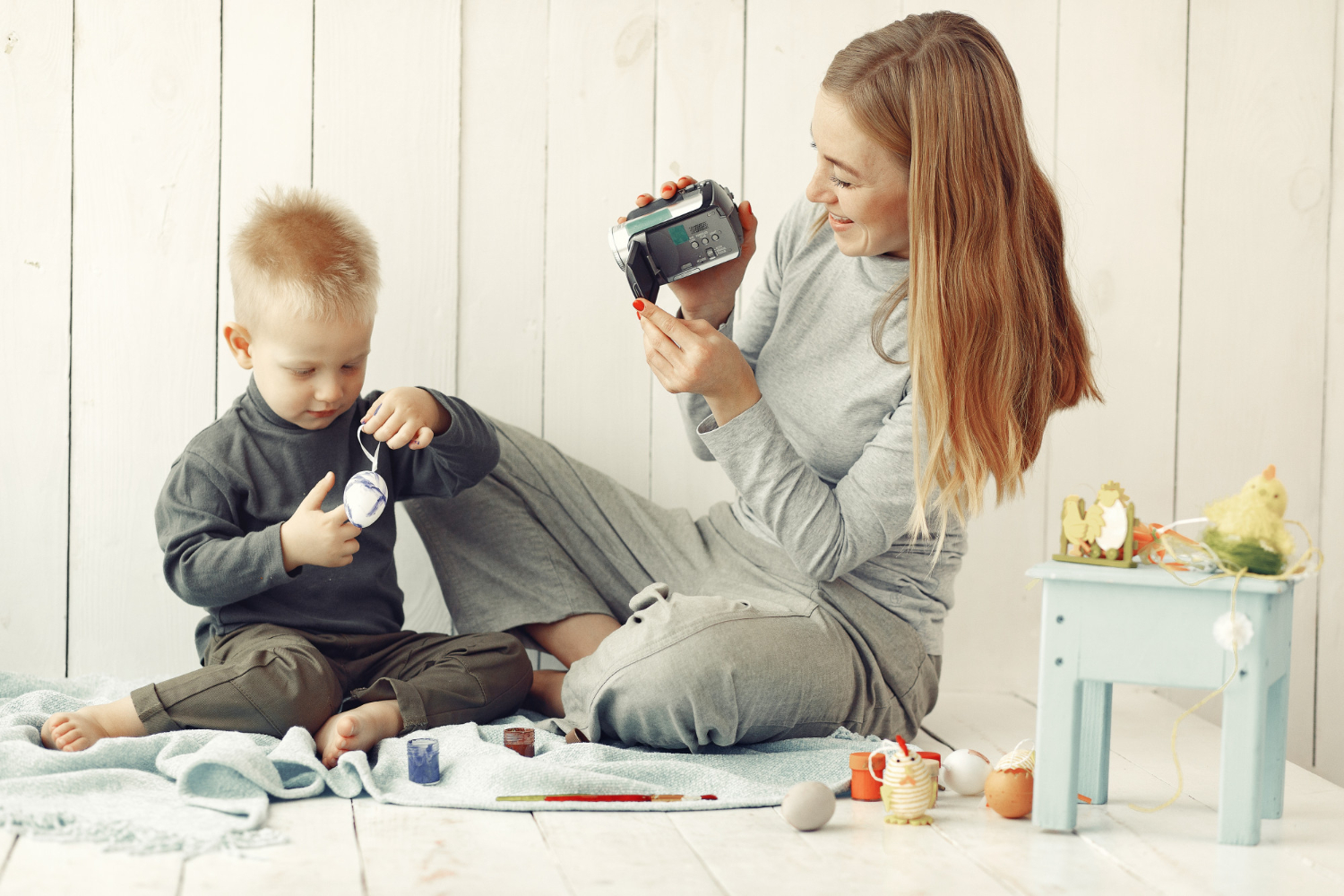
Blog
How to Identify Non-Toxic Toys for Babies: A Parent’s Guide

Choosing toys for your baby goes beyond bright colors and fun designs — safety is the most critical factor. Babies love to explore the world by touching, biting, and chewing on objects, which makes it essential to select non-toxic toys that are free from harmful chemicals. Knowing what to look for can make all the difference in creating a safe, engaging play environment for your child. Here’s a comprehensive guide on how to identify safe, non-toxic toys for your kids.
1. Look for Trusted Safety Certifications
One of the simplest ways to ensure a toy is safe is by checking for recognized safety certifications. Look for labels like:
- ASTM F963: A standard for toy safety set by the American Society for Testing and Materials.
- CPSC Approval: Indicates compliance with U.S. Consumer Product Safety Commission regulations.
- EN71: A European toy safety standard.
- GreenGuard Certification: Assures that products emit low levels of chemical toxins.
These certifications signify that the toy has passed rigorous safety tests, including checks for choking hazards and toxic materials.
2. Avoid Harmful Materials and Chemicals

Some plastics and finishes used in toys can release harmful chemicals when chewed or handled. Here’s what to watch out for:
- PVC (Polyvinyl Chloride): Often contains phthalates, which are harmful plasticizers. Look for labels that say “PVC-free.”
- BPA (Bisphenol A): A chemical found in certain plastics that can leach harmful substances. Choose BPA-free toys.
- Lead and Heavy Metals: Some paints and coatings may contain lead or cadmium. Opt for toys with non-toxic, water-based paints.
Materials like natural wood, organic cotton, and food-grade silicone are excellent alternatives to synthetic plastics.
3. Choose Toys with Simple, Natural Materials
Natural materials are generally safer for babies since they are less likely to contain harmful additives. Look for toys made from:
- Untreated, solid wood: Ensure it’s free of chemical treatments and finished with non-toxic paints or oils.
- Organic fabrics: Cotton or wool certified as organic are free from harmful pesticides and dyes.
- Food-grade silicone: Safe for teething and chewing.
4. Check the Manufacturer’s Transparency
Reputable brands often provide detailed information about their materials and manufacturing processes. If you can’t find clear information, it’s best to choose a different brand. Look for brands committed to eco-friendly and child-safe practices.
5. Beware of Small Parts and Choking Hazards

Toys should be age-appropriate. For babies under three years old, avoid toys with small parts that can break off or be swallowed. Always follow the manufacturer’s age recommendations to minimize risks.
6. Smell Test and Texture Check
A strong chemical smell can be a red flag, indicating the presence of harmful substances. Additionally, avoid toys with rough edges, peeling paint, or sticky residues.
7. Opt for Eco-Friendly, Sustainable Toys
Many eco-conscious brands produce toys that prioritize safety and sustainability. These products often use biodegradable materials and are free from toxic chemicals. Look for terms like “biodegradable,” “compostable,” and “eco-certified.”
Frequently Asked Question
1. What materials should I prioritize when buying non-toxic toys?
Choose natural materials like untreated wood, organic cotton, food-grade silicone, and stainless steel. These materials are free from harmful chemicals and are safe for chewing and handling.
2. How can I tell if a toy is BPA-free?
Look for labels on the packaging that explicitly state “BPA-free.” Many manufacturers now highlight this information as a selling point.
3. Are handmade toys always safer?
Not necessarily. While handmade toys from reputable sellers may use safe materials, it’s important to verify that they meet recognized safety standards and are free from harmful paints or finishes.
Conclusion
Selecting non-toxic toys for your baby is about making informed decisions and prioritizing their health and well-being. By checking for safety certifications, avoiding harmful chemicals, and choosing natural materials, you can create a safer play environment for your little one. Safe toys mean happy, healthy playtime — and peace of mind for you.


